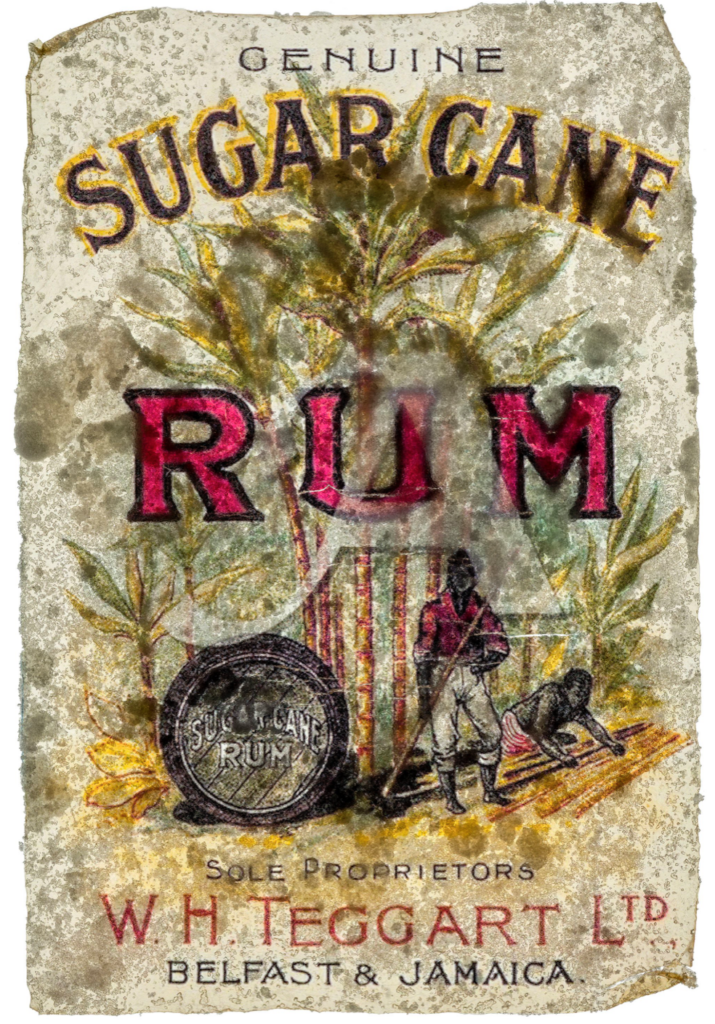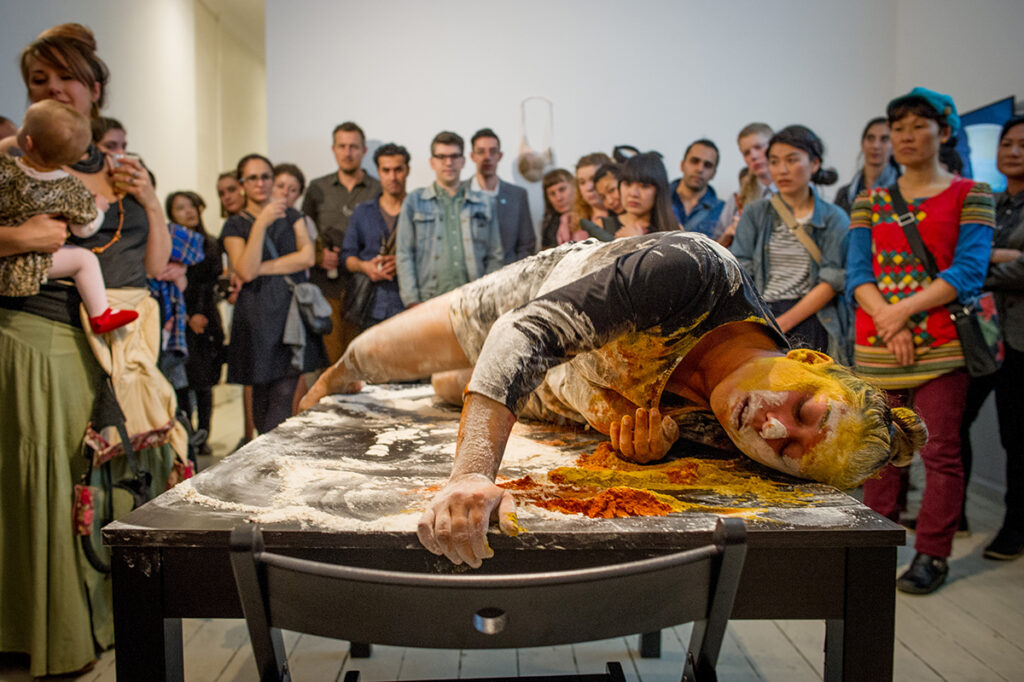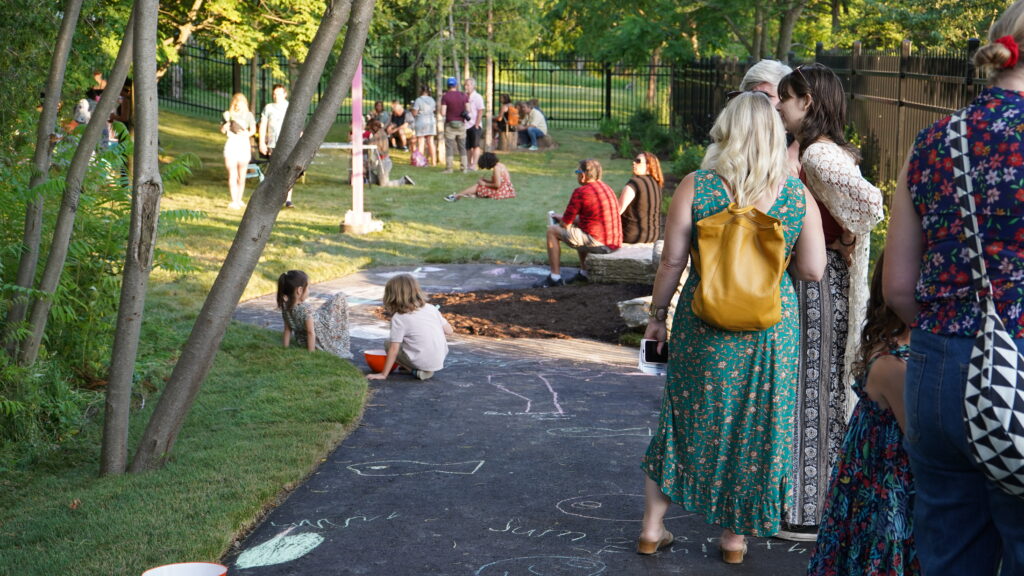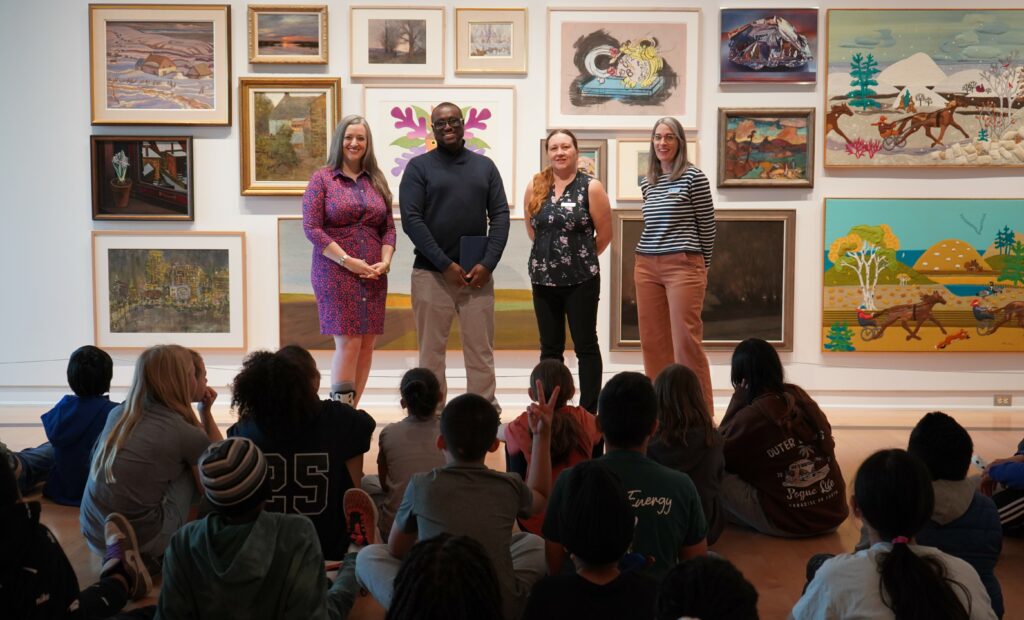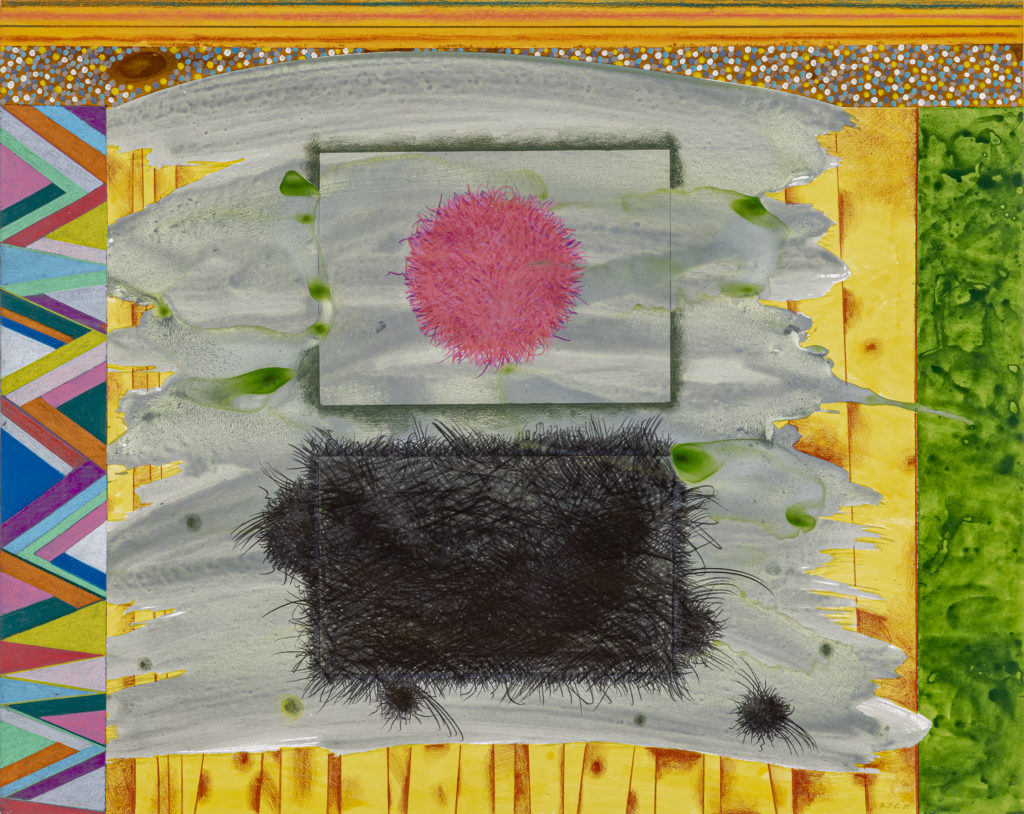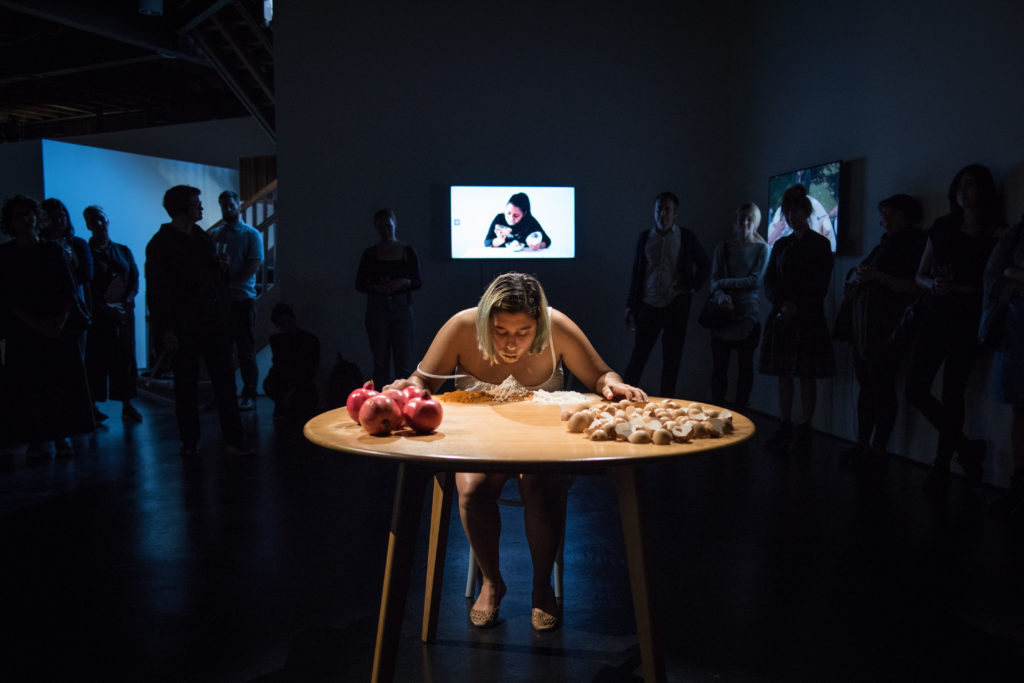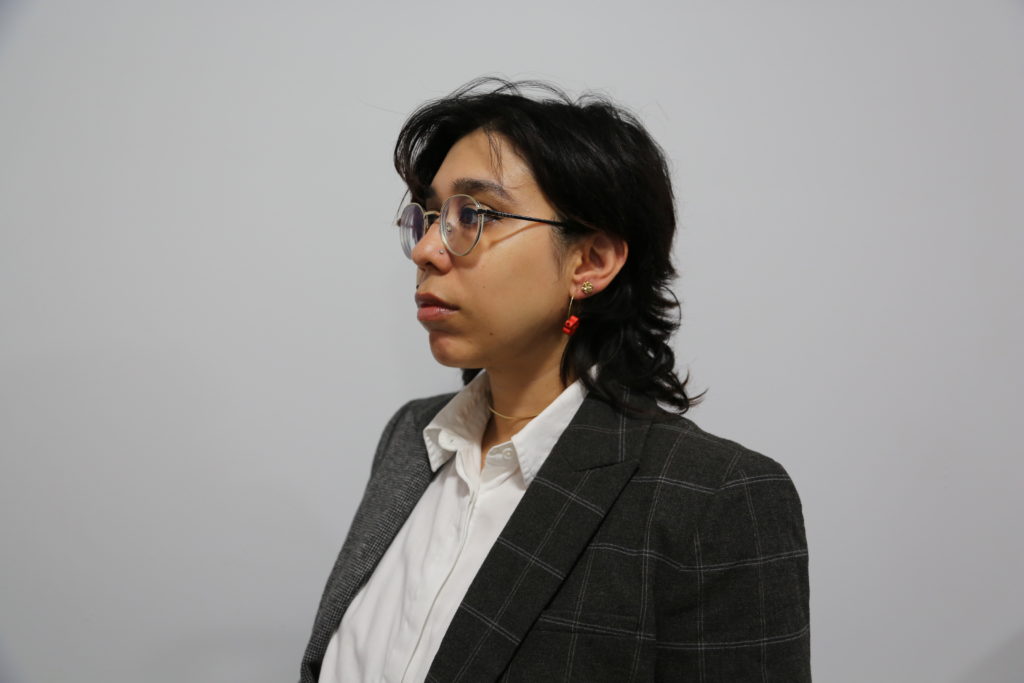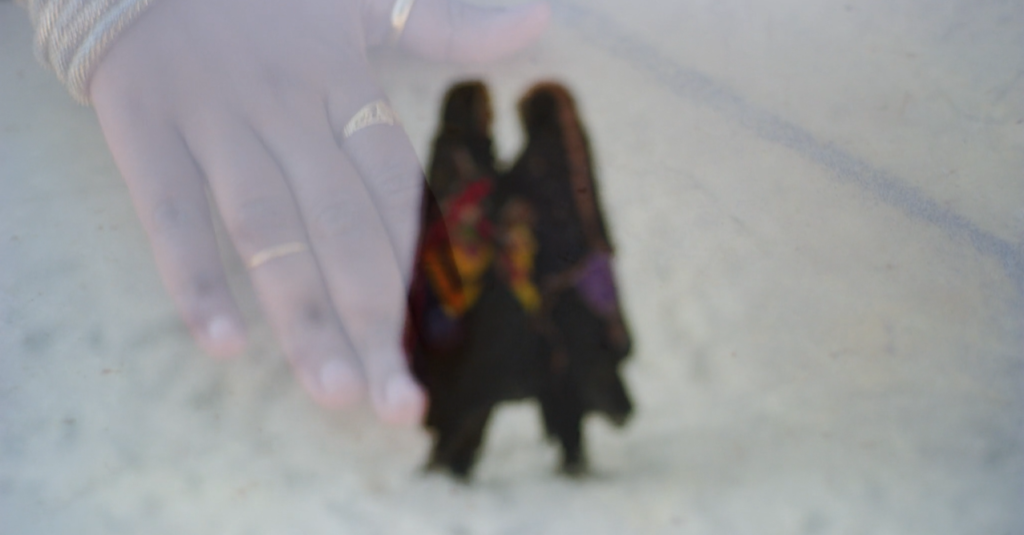The RMG marks the National Day for Truth and Reconciliation as a collective opportunity to recognize to honour Survivors, their families, and communities, and ensure that public commemoration of the history and legacy of residential schools remains a vital component of the reconciliation.
Marking this day is vital; so too is taking continuous action towards reconciliation in our country and in the direct spheres of influence and power we hold as a public art gallery. Last year on our day of learning for non-Indigenous staff, we focused on learning about the specific recommendations in the Truth and Reconciliation Report for museums. While on the surface many recommendations are more applicable to museums with Indigenous cultural property, we have acted upon the recommendation for “a cohesive collections strategy” by revising our Collections Management Policy, collecting intentions, and prioritizing acquisitions over the past three years of works by women-identified Indigenous artists.
On this fourth National Day for Truth and Reconciliation on September 30 the gallery will be closed, and our non-Indigenous staff will focus on learning and identifying future actions. I invite you to refer to prior lists of resources we’ve shared as well as events and resources by one of our supporters for programming at The Gord Downie & Chanie Wenjack Fund. Locally, you can visit the City of Oshawa’s website to what is happening nearby.
We will continue to support and advocate for the self-determination of Indigenous people and communities. We acknowledge that our organization is a colonial institution and that we are responsible for redressing the ways this has shaped the gallery. While these days and months are important, ensuring they are always part of the societal dialogue, our programming, and making our organizational systems and structures more equitable is paramount.
Take care,
Lauren
Land acknowledgement
The Robert McLaughlin Gallery is in the treaty lands of the Mississaugas of Scugog Island First Nation. This land has been the traditional territory of the Michi Saagiig Nishnaabeg since 1700; before that time, it was stewarded by various communities belonging to the Haudenosaunee and Wendat confederacies. It is covered under the Williams Treaties and the Dish with One Spoon Wampum.
This area continues to be home to many Indigenous people from across Mishiike Minisi. We recognize the sovereignty of all Indigenous nations and are grateful for the opportunity to learn, live, and work on this land.
We acknowledge that the RMG is in treaty land, and respect our collective responsibility to protect and nurture the land. We also recognize the continuing impacts of colonialism and our responsibilities to redress the ways this has helped shape our organization. We are committed to working to address structural inequities and to centering Indigenous voices in the gallery.
